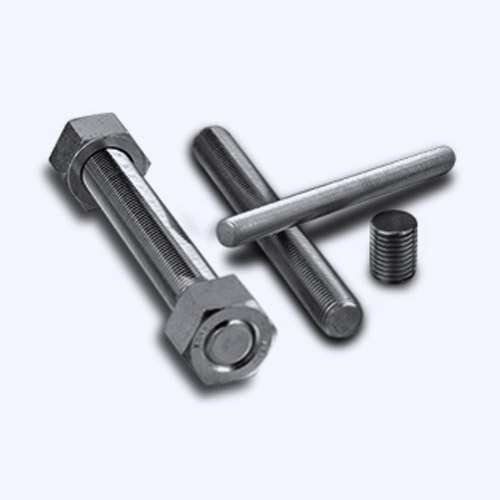নভে. . 12, 2024 22:30 Back to list
m8 threaded rod size
Understanding M8 Threaded Rod Size A Comprehensive Guide
When it comes to fasteners and hardware, threaded rods are essential components used in a variety of applications, from construction to automotive to furniture assembly. Among the various sizes available, the M8 threaded rod is one of the most widely used. Understanding its specifications, uses, and installation can help you select the right rod for your project.
What is an M8 Threaded Rod?
The designation M8 refers to the metric thread size and indicates several specifications. The 'M' stands for metric, while the '8' denotes the nominal diameter of the rod in millimeters. Thus, an M8 threaded rod has a diameter of 8 mm. These rods typically come with different thread pitches, with the most common being 1.25 mm (coarse thread), although finer pitches might also be available depending on specific requirements.
Specifications of M8 Threaded Rods
An M8 threaded rod consists of several key specifications
1. Diameter As mentioned, the diameter is 8 mm. 2. Thread Pitch The standard pitch for an M8 rod is 1.25 mm. However, M8 rods may also come in finer pitches such as 1.0 mm. 3. Length M8 threaded rods come in various lengths, ranging from a few centimeters to several meters. The length you need can depend on the application, so measuring correctly is crucial. 4. Material Threaded rods can be made from various materials, including steel, stainless steel, and plastic. Steel rods offer strength and durability, while stainless steel provides corrosion resistance, making it ideal for outdoor or moisture-prone applications. 5. Coating Many M8 threaded rods also come with protective coatings like zinc plating to enhance rust resistance and aesthetic appeal.
Common Applications
M8 threaded rods are used in a myriad of applications across different industries
m8 threaded rod size

- Construction They are frequently used for fastening structures, where they serve as tensioning or anchoring elements. - Mechanical Engineering M8 rods are used in machinery and equipment for assembly and maintenance tasks. - Furniture Assembly Many flat-pack furniture designs utilize M8 threaded rods for secure, robust construction. - Automotive In the automotive industry, these rods can be found in various assemblies, helping to hold components securely in place.
Installation of M8 Threaded Rods
Installing an M8 threaded rod requires some basic tools and knowledge
1. Cut to Length If the rod is too long for your application, use a saw specifically designed for metal to cut it to the required length. It's essential to ensure that the cuts are clean to facilitate the easy insertion of nuts and washers. 2. Preparing the Hole The hole where the rod will be inserted should be appropriately sized and drilled. Using a drill bit designed for metal will help to reduce friction and make the process smoother.
3. Inserting the Rod Place the M8 threaded rod through the prepared hole. Make sure that it is properly aligned to ensure the best fit.
4. Securing with Nuts and Washers Use M8 nuts and washers to secure the rod in place. The washer helps to distribute the load and prevent damage to the material being fastened. Depending on the application, you may also want to use lock nuts to prevent loosening due to vibration.
5. Tightening Use a torque wrench to tighten the nuts to the specified torque for the application. This ensures a secure fit and prevents over-tightening, which could damage the materials.
Conclusion
M8 threaded rods are versatile, commonly used fasteners that play a vital role in various applications. Their standard size and availability in multiple lengths make them a go-to choice for both professionals and DIY enthusiasts. Understanding the specifications and installation techniques for M8 threaded rods can significantly contribute to the success of your projects, ensuring that your structures or assemblies are secure and durable. Whether you are building a simple piece of furniture or engaging in complex construction work, the M8 threaded rod proves to be an invaluable component in your toolkit.


